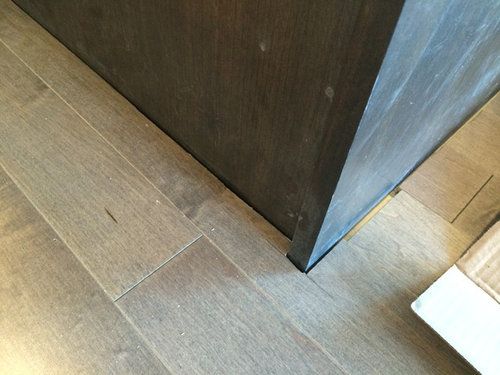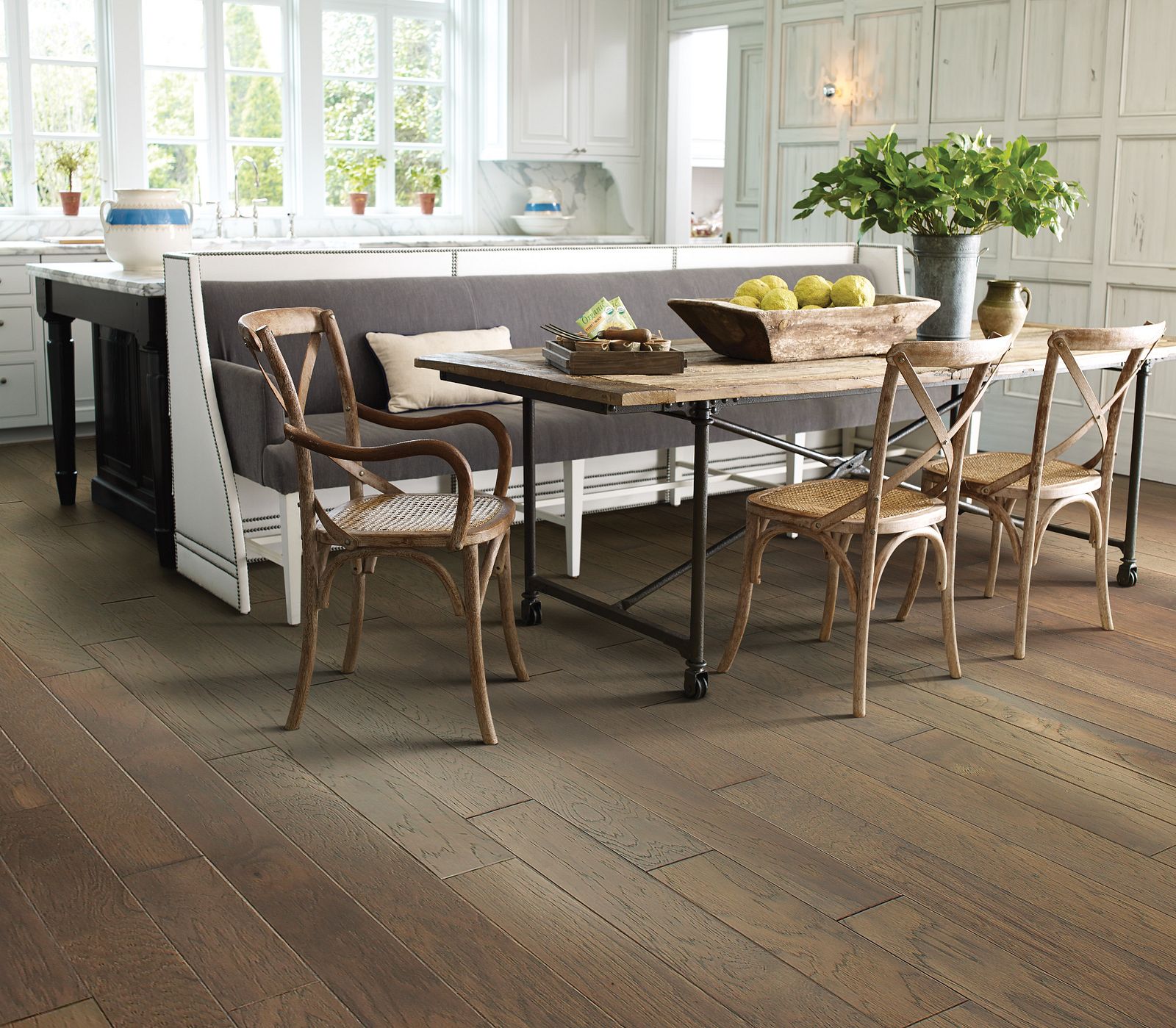Bamboo Floor Expansion Gap Cover

The last method is very easy and one that most diyers choose when installing their own bamboo floors.
Bamboo floor expansion gap cover. You must leave this gap around the whole perimeter of the room. The expansion space allows the flooring to expand and contract into the gap so that the flooring can move without causing any damage or distortion to the bamboo flooring itself. The expansion gap should be around the whole perimeter of the room wherever the flooring may be against fixed objects such as walls doorways radiator pipes and fireplaces. The nail down method the glue down method or the floating method learn more.
Any professional floor fitter will know why and how you need to leave the gap. If an appropriate expansion gap has not been left the flooring planks will have no room for movement so will start to rise up and distort. It is an essential gap that must be left around the edge of the room when fitting hardwood bamboo or laminate flooring. Cali bamboo offers all the accessories and moldings like baseboards and quarter rounds you would need to cover the gap.
Like hardwood and laminate floors bamboo can be installed in 3 different ways. An expansion gap is an integral part of fitting your bamboo floor. Fortunately because of its density our flooring is less likely to be affected by expansion issues as opposed to a lower quality floor. Finally once the floor has been fitted you will cover gaps with bamboo flooring accessories.
An expansion gap is a term used when fitting wooden flooring. It simply allows your bamboo floor to expand contract and move naturally with changes in the atmosphere. Nailing vs gluing vs floating a bamboo floor. If you do not leave an expansion gap your bamboo floor can start to crack and lift.















































